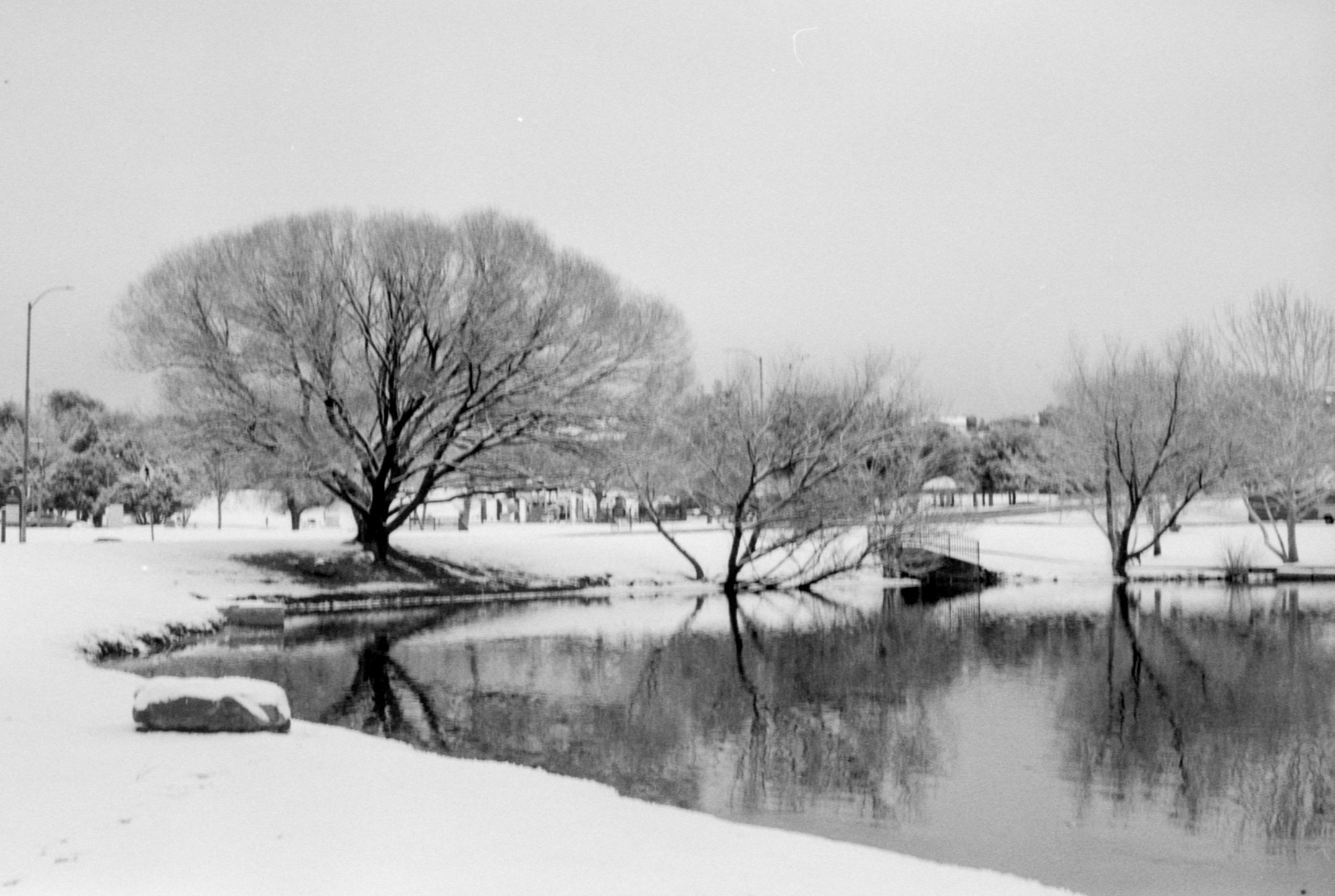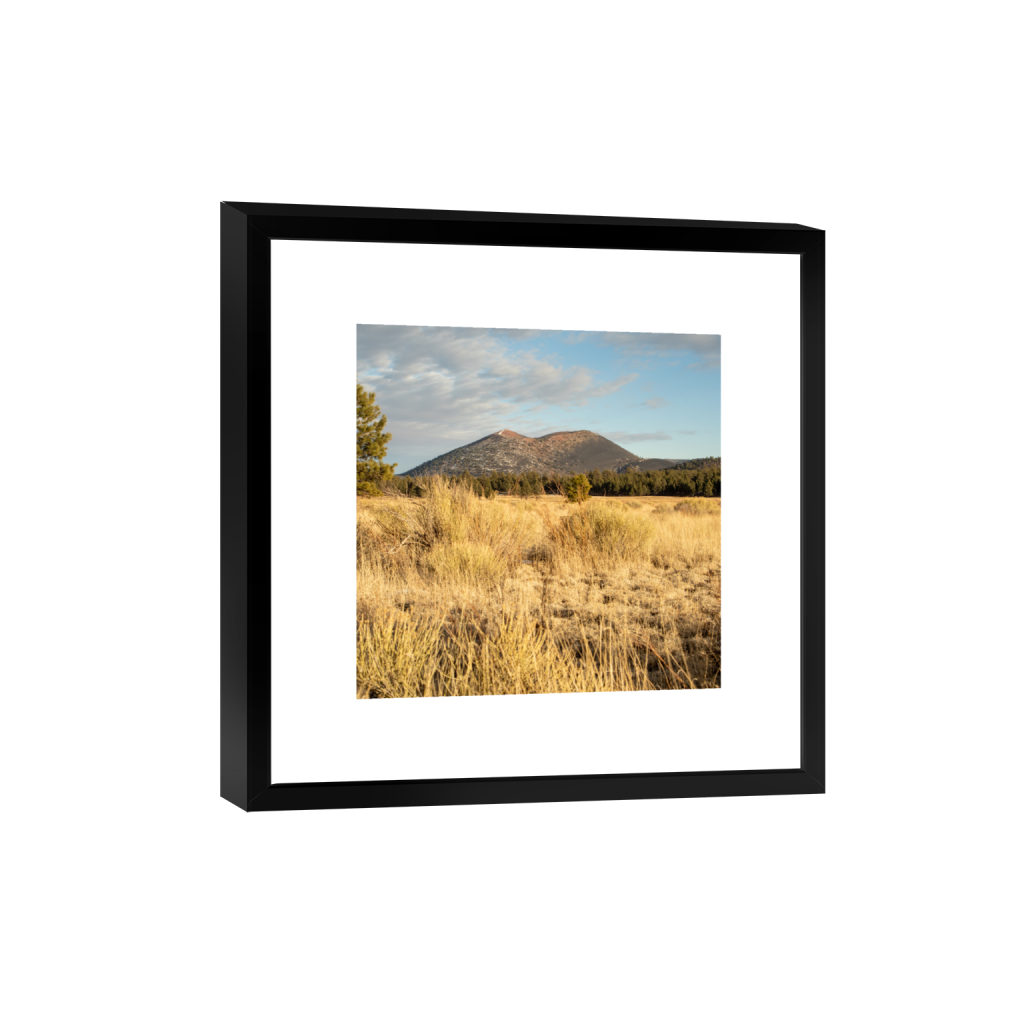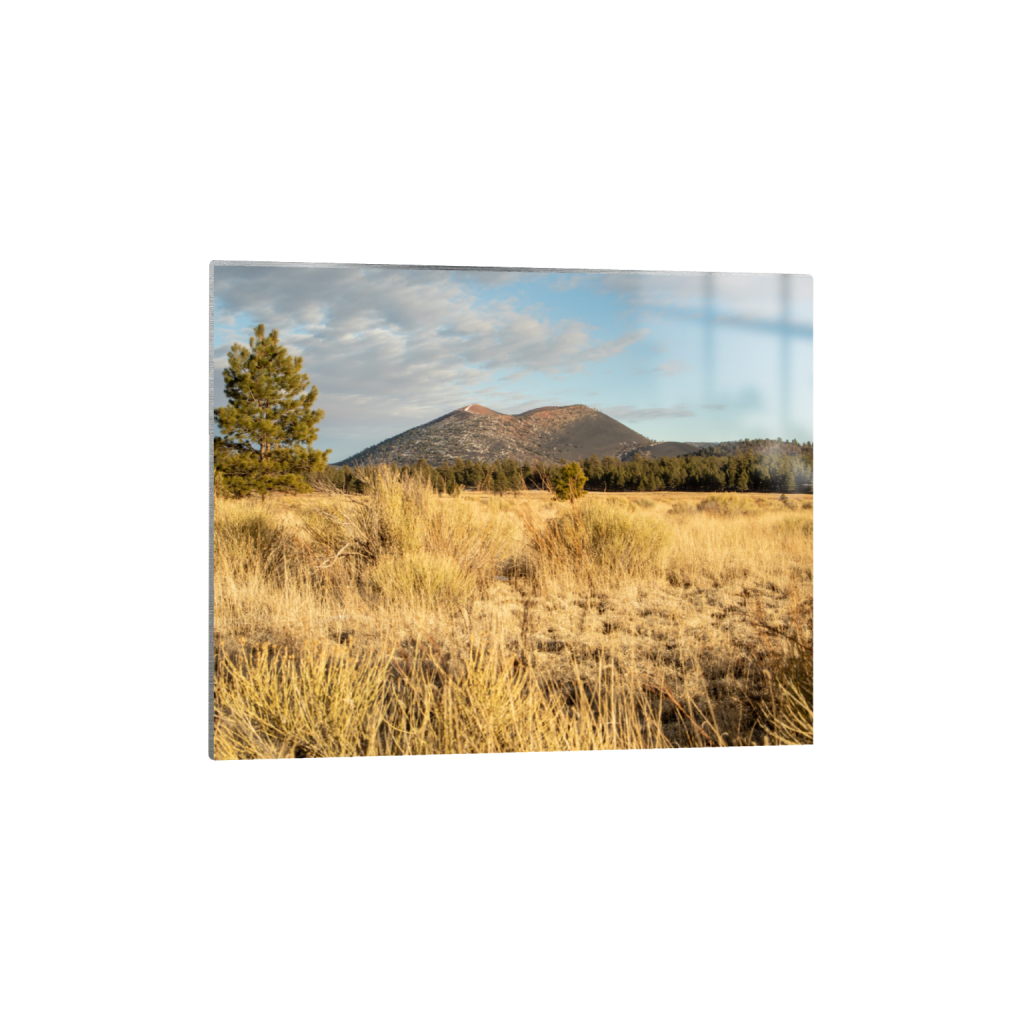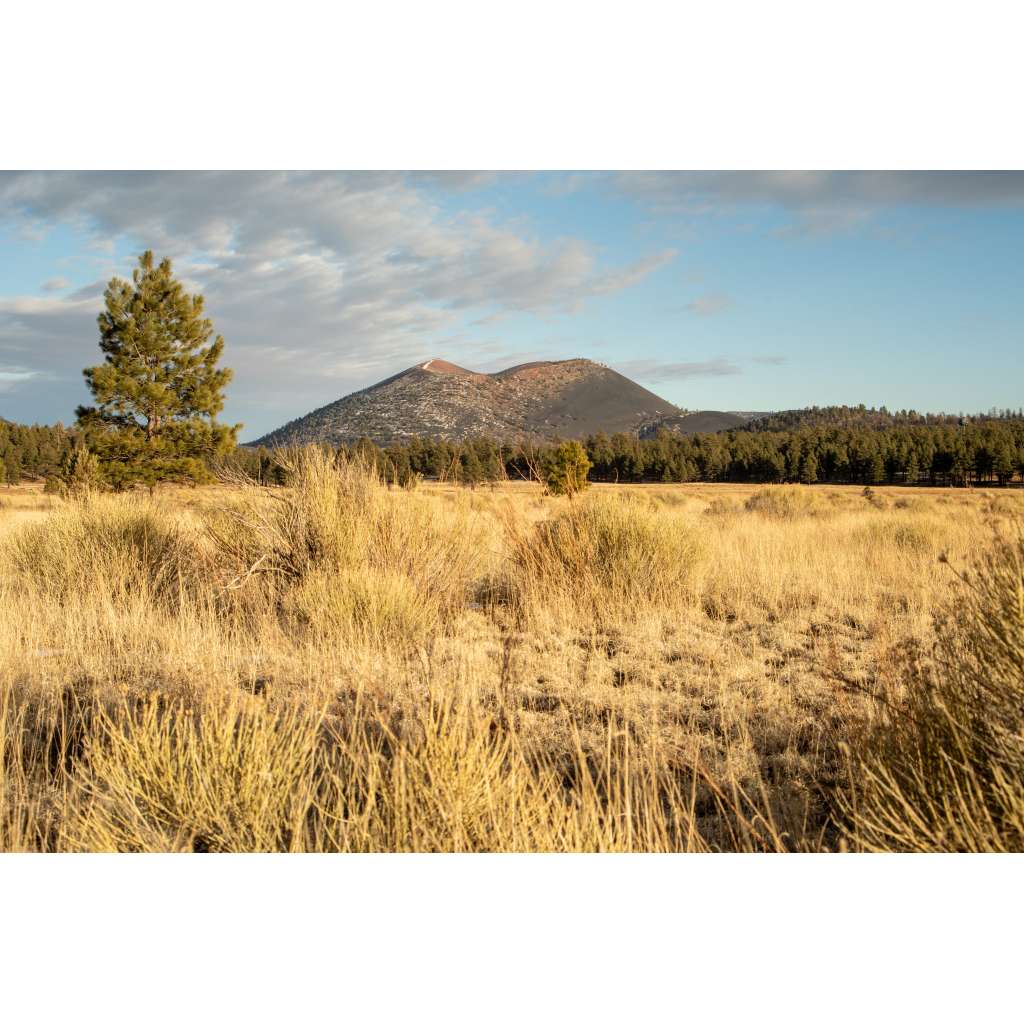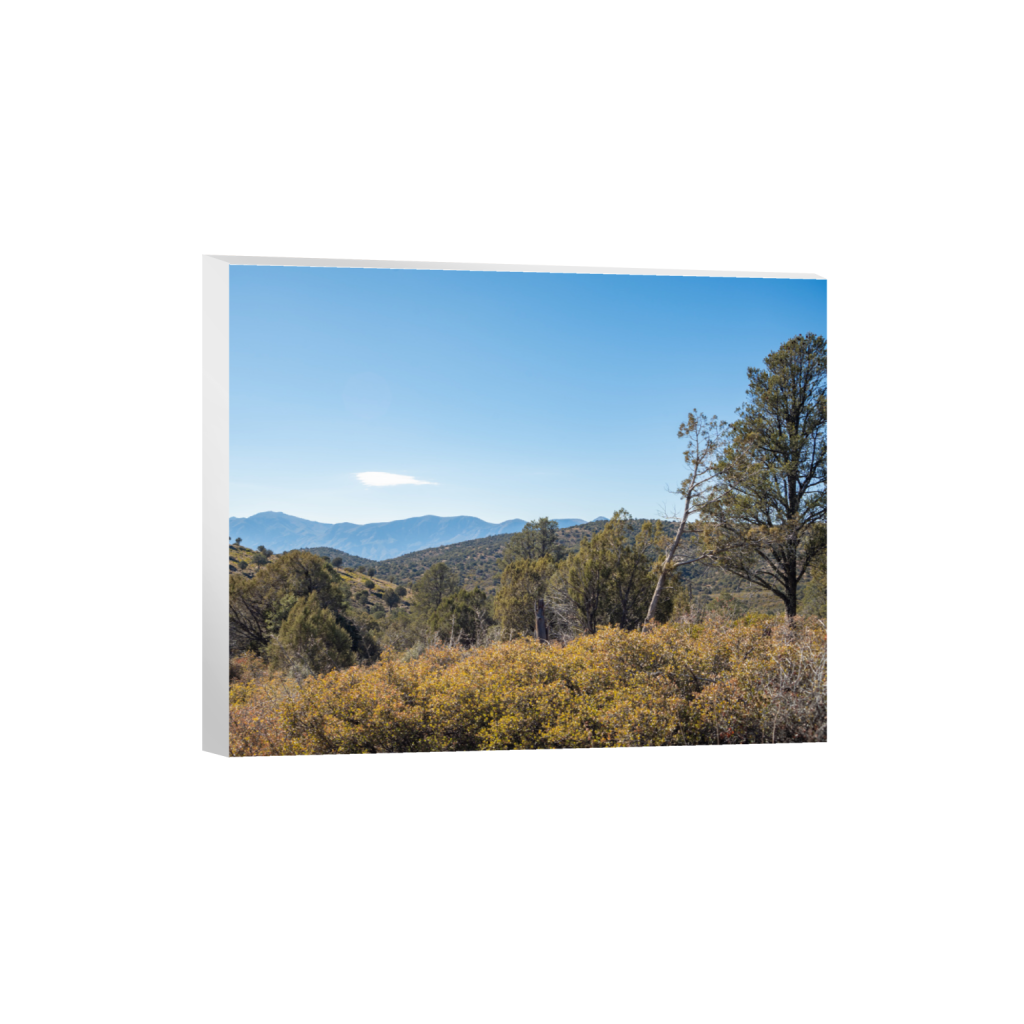Exploring the Riordan Mansion in Flagstaff, Arizona
Nestled in the heart of Flagstaff, Arizona, amidst towering Ponderosa pines and just steps away from Northern Arizona University, the Riordan Mansion State Historic Park stands as a testament to Capitalism and Ambition of the early 20th century. This sprawling 13,000-square-foot duplex, built in 1904, is not just an architectural marvel but a living time capsule that tells the story of the Riordan family, their contributions to Flagstaff’s growth, and the Arts and Crafts movement that shaped their home. If you’re a history enthusiast, an architecture lover, or simply curious about Arizona’s territorial past, a visit to Riordan Mansion is an unforgettable journey into the heart of Northern Arizona’s heritage.
Nestled in the heart of Flagstaff, Arizona, amidst towering Ponderosa pines and just steps away from Northern Arizona University, the Riordan Mansion State Historic Park stands as a testament to Capitalism and Ambition of the early 20th century. This sprawling 13,000-square-foot duplex, built in 1904, is not just an architectural marvel but a living time capsule that tells the story of the Riordan family, their contributions to Flagstaff’s growth, and the Arts and Crafts movement that shaped their home. If you’re a history enthusiast, an architecture lover, or simply curious about Arizona’s territorial past, a visit to Riordan Mansion is an unforgettable journey into the heart of Northern Arizona’s heritage.
The Riordan family story begins with brothers Timothy and Michael Riordan, sons of Irish immigrants who settled in Chicago before making their way to the Arizona Territory in the 1880s. The Riordans were not just businessmen; they were visionaries who played a pivotal role in transforming Flagstaff from a gritty railroad outpost into a thriving industrial and cultural hub. Their fortunes were built on the Arizona Lumber and Timber Company, a powerhouse that employed a significant portion of the town’s residents and fueled Flagstaff’s economic growth. Beyond lumber, the Riordans were instrumental in bringing electricity to the city, establishing Upper and Lower Lake Mary, named after their daughter, Mary, and supporting the development of educational institutions like the Normal School, which evolved into Northern Arizona University. Their influence extended to banking, railroads, cattle, and even local politics, cementing their status as one of Flagstaff’s most prominent families.
Timothy and Michael married sisters Caroline and Elizabeth Metz, respectively, who were cousins of another influential Flagstaff family, the Babbitts. This close-knit family dynamic is reflected in the unique design of the mansion, which was constructed as a duplex to house both families under one roof while maintaining separate living spaces. The Riordans’ legacy is deeply woven into Flagstaff’s fabric, and their home remains a tangible link to their contributions.
Designed by Charles Whittlesey, the architect behind the iconic El Tovar Hotel at the Grand Canyon, Riordan Mansion is a stunning example of American Arts and Crafts-style architecture. Completed in just nine months between 1903 and 1904, the mansion features a rustic exterior of log-slab siding, volcanic stone arches, and hand-split wooden shingles, blending seamlessly with the natural landscape of Flagstaff’s cool pines. The 40-room estate, spanning over 13,000 square feet, includes two nearly identical 6,000-square-foot wings—one for Timothy and Caroline’s family and one for Michael and Elizabeth’s—connected by a shared “Rendezvous Room” where the families could gather.
The mansion was a marvel of modern technology for its time, boasting indoor plumbing, hot and cold running water, central heating, and electric lights—luxuries that were rare in territorial Arizona. The Arts and Crafts philosophy, which emphasized craftsmanship, natural materials, and simplicity, is evident throughout the home. The interior is adorned with built-in furniture, exposed wooden beams, and native stone, creating a warm, inviting atmosphere that reflects the movement’s celebration of nature and authenticity.
One of the mansion’s most striking features is the set of photographic windows in the Rendezvous Room. These windows, created by photographer John K. Hillers, who accompanied John Wesley Powell on his Grand Canyon expeditions, feature seven black-and-white images set against frosted glass. The photographs, a nod to the Riordans’ connection to the region’s exploration history, add a unique artistic touch to the home’s rustic charm.
To fully experience Riordan Mansion, a guided tour is a must. The interior is accessible only through these hour-long tours, which are offered daily on the hour from 10:00 a.m. to 4:00 p.m., with reservations highly recommended due to limited capacity. The tour begins in the East House, Timothy and Caroline’s residence, which is furnished as if the family just stepped out, preserving the authenticity of the early 1900s. Visitors are treated to an in-depth look at the Riordan family’s history, the mansion’s architectural details, and its exceptional collection of Craftsman furnishings from renowned makers like Edison, Stickley, Ellis, and Steinway. The tour concludes in the West House, Michael and Elizabeth’s home, where self-guided exhibits delve into the Arts and Crafts movement, Native American pottery, the lumber industry, and a model of historic Flagstaff.
Located at 409 W. Riordan Road, Riordan Mansion is easily accessible, though visitors should note ongoing road construction on Riordan Road through June 20, 2025. The Arizona State Parks website recommends approaching from the east via Northern Arizona University, with the main entrance just west of the Riordan Road and Knoles Drive intersection. The park is open daily from 9:30 a.m. to 5:00 p.m. during the summer (May 1–October 31), with reduced hours (10:30 a.m.–5:00 p.m., closed Tuesdays and Wednesdays) from November 1 to April 30. The park is closed on Christmas Day.
The visitor center, housed in the former family garage, offers introductory exhibits and a gift shop stocked with books on the Arts and Crafts movement, Flagstaff history, and period-style souvenirs. The grounds, which span five acres, are free to explore and include picnic tables and scenic spots perfect for a relaxing afternoon.
The Riordan Mansion remained in the family until the 1980s, when descendants donated it to Arizona State Parks. Bob Chambers, Timothy’s son-in-law, gifted the East House in 1981, and Blanche, Michael’s eldest daughter, donated the West House in 1985. The park faced closure in 2010 due to state budget cuts, but the Riordan Action Network Group, a dedicated team of volunteers, ensured its survival through fundraising and community support. Today, volunteers continue to play a vital role in maintaining the mansion and offering educational tours, preserving this historic treasure for future generations.
Riordan Mansion is more than just a house; it’s a window into Flagstaff’s evolution from a territorial logging town to a vibrant modern city. The mansion’s architectural beauty, combined with the compelling story of the Riordan family, offers a rich and immersive experience. Whether you’re drawn to the intricate details of Arts and Crafts design, the history of Flagstaff’s pioneer families, or the chance to step back in time, Riordan Mansion delivers. Its proximity to other Flagstaff attractions, like Lowell Observatory, the Museum of Northern Arizona, and the historic Route 66 downtown, makes it an ideal stop on any Northern Arizona itinerary.
Deana and I had an absolutely amazing time exploring the stunning mansion. Our tour guide turned out to be truly exceptional! She not only answered our questions along the way but also captivated us with interesting facts as we made our way through the beautifully furnished East and West Wings of the mansion. I learned so much about the rich history of Northern Arizona and how this large family of first-generation Irish-Americans played a pivotal role in bringing civilization and culture to the unique landscape of Northern Arizona.
Grandiose Majesty
Taken in May of 2025, this striking black and white photograph captures the awe-inspiring grandiose majesty of the Grand Canyon in a way that feels both timeless and haunting. The image centers on a solitary, gnarled tree standing defiantly on the canyon's edge, its twisted branches reaching out to the harsh Arizona sun against the vast, rugged landscape. The tree, weathered by years of harsh desert conditions, serves as a poignant symbol of resilience amidst the canyon's unrelenting expanse.
The Grand Canyon itself is the true star of this composition, its layered rock formations stretching into the distance, carved over millions of years by the relentless force of the Colorado River. The photograph's perspective highlights the dramatic depth and scale of the canyon, with sheer cliffs dropping away into shadowy depths, revealing the geological history etched into every stratum. This natural wonder is a testament to the power of erosion and time, drawing millions of visitors each year to marvel at its breathtaking vistas. I know that I stood there in awe.
This image evokes a sense of solitude and contemplation, inviting viewers to reflect on the vastness of nature and humanity's small place within it. The Grand Canyon's iconic status is reinforced here, not just as a scenic marvel but as a living record of Earth's ancient past. Whether you're a seasoned photographer or simply an admirer of natural beauty, this photograph encapsulates the raw, untamed spirit of one of the world's most remarkable landmarks. #GrandCanyon #Photography #Nature #BlackAndWhite #Landscape
Snowstorm in Payson, AZ
The snowstorm in Payson, Arizona, blankets the landscape in a crisp, white serenity that transforms familiar views into a magical winter wonderland. As delicate flakes swirl around, each unique and short lived, I capture the stillness and quietness of the moment. A snowstorm is like a blanket from heaven, glistening as it spins and falls from heaven, perfection and beauty in motion.
A few weeks ago, we received a few inches of snow in our charming town of Payson, AZ. It was a truly beautiful sight to behold and much badly needed for our parched landscape. In a normal year, we can expect to receive around three feet of snow in a typical winter season, but this time around, we’ve only had the one little storm so far. We all hope and pray that we will receive more snow and moisture in general as the winter progresses. This precipitation not only keeps the fire risks down but also makes life significantly easier and more enjoyable in the high desert environment. Being nestled at 5,000 feet, snow and bone-chilling temperatures are quite the norm during the winters here, creating a winter wonderland that we can't help but appreciate!
As I mentioned earlier, I am originally from the state of South Carolina. Most people tend to assume that we don’t receive any snow there at all, but the truth is that they do get snow from time to time. They typically experience only a few inches each year, but every few years, they are fortunate enough to be graced by a real blizzard. The snow here in Arizona is much lighter and fluffier in comparison, presenting such beauty and perfection as it falls from heaven. It resembles a soft blanket gently settling onto the earth. When it glistens in the rare moments of sunlight, it feels like a precious gift from God and it is.
Luckily, I was off of work the day of the snow and was able to play in it all day. I grabbed my Sony A7Cii, a few lenses, and the Voigtlander Vito IIa and had a blast shooting the snow and nature at the park. The ducks and geese were having a blast waddling around in the snow. As I was capturing the beauty and stillness of the moment, I realized how lucky I was to be able to see such a beautiful scene. I may never see another snow storm, but I am grateful to God that I was able to see this one. We didn’t get that much, and it didn’t hang around long, but it was beautiful while it was here.
NADD Copper Classic Dog Show
A dog and his best friend, the bone in mid air.
On Sunday, the 26th of January, 2025, we rode down to Surprise, AZ, a city to the northwest of Phoenix. Deana has a friend that shows Whippets, so we thought we’d go down and enjoy the show. It has been cold here for a while, thus it was a pleasure to go down to the valley where it was 66°F. In fact, the sun was beating down. The weather was, indeed, shorts and t-shirts weather.
We arrived a wee bit late. We were unable to see the entire show, but we still had a blast. I enjoyed photographing the AKC North American Diving Dogs. I took the Sony A7Cii, the LA EA5 adapter, Minolta Maxxum 70-210mm f/4, Minolta Maxxum 35-70mm f/4, and Viltrox 40mm f/2.5. The adapter and lenses worked great. There were a few instances when the lens focused out to infinity and back, causing me to miss the shot, but it did amazingly well for its age. I had character recognition turned on for animals, and it did not disappoint. It did not disappoint.
We hung out for a few hours and then headed home. After shooting over 400 photographs with the mechanical shutter and the adapter, it still had half a battery left. This camera has been a pleasure to use. Let me know what you think of the photographs. I’d appreciate your feedback. Thank you.
Minolta Maxxum 100-300mm lens w/ Sony LA EA5 Adapter
In this short review of the Minolta Maxxum APO 100-300mm f/4.5-5.6 lens, I discuss how well it works on newer mirrorless cameras with the LA EA5 adapter. I also provide sample photographs.
When I arrived home from work today, I grabbed the Sony A7Cii, the LA EA5 adapter that I discussed yesterday, and a Minolta Maxxum 100-300 f/4.5-5.6 lens. I headed down to the lakes at Green Valley Park in the hopes of photographing some wildlife. There were a lot of people out walking their dogs. The ducks were very photogenic. As I was walking around the lake in the hope of catching something somewhat wild, I discovered the same great blue heron that I had photographed on Wednesday.
The heron was standing regal, facing into the wind. He ignored me for the most part, perhaps because we had met before. He stood there for a bit, turning for me to get a good shot. The Sony A7cii has character recognition. It can detect animals and birds and their eyes. It is amazing how well it works. I took a $20 lens that you can purchase on ebay and got some amazing results. It does suffer from chromatic aberation, but most lenses from the 80’s do have this issue. In fact, some brand new lenses suffer from it.
You can spend $1500 and get sharper results, but why would you do that unless you’re shooting wildlife all the time and make money from it? It’s a logical question, right? I have all of these old AF Minolta A-mount lenses from the 80’s and 90’s. Why not make use of them. Some are better than others, of course, but they work surprisingly well with the new adapter. For any of you with a fairly new Sony mirrorless camera, get the adapter and a few A-mount lenses. You will not be disappointed. Below you’ll find a sample gallery from today’s shoot.
Sunset Crater Volcano
Photographing Sunset Crater Volcano is like capturing the vivid palette of a master artist at work. As the sun dips below the horizon, the cinder cone transforms into a canvas of deep oranges and purples, with shadows dancing across the rugged terrain and a dusting of snow. The contrasting textures of the black volcanic rock against the overcast sky creates a stunning visual symphony, challenging the limits of perception and inviting a playful exploration of line and form. Each click of the shutter is an exhilarating reminder that beauty can thrive in the starkest of landscapes, leaving us to ponder the wonders of nature, even when sight becomes a fleeting memory.
On Sunday, Deana and I eagerly headed up to the charming town of Flagstaff to do some shopping for her. Flagstaff is truly an amazing place that we both thoroughly enjoy exploring together. There is so much to see and do around Flagstaff, from quaint shops to scenic views. After our adventurous shopping excursions, we decided to venture over to the Majestic Sunset Crater Volcano, a stunning location where life continues to spring up vibrantly amongst the rugged cinders of a volcanic eruption that occurred way back in 1085 A.D. According to Wikipedia:
The date of the eruptions that formed the 340-meter-high cone (1,120 ft) was initially derived from tree-ring dates, suggesting the eruption began between the growing seasons of AD 1064–1065.[7] However, more recent geologic and archaeological evidence places the eruption around AD 1085.[8] The largest vent of the eruption, Sunset Crater itself, was the source of the Bonito and Kana-a lava flows that extended about 2.5 kilometers (1.6 mi) northwest and 9.6 kilometers (6 mi) northeast, respectively. Additional vents along a 10-kilometer-long fissure (6.2 mi) extending southeast produced small spatter ramparts and a 6.4-kilometer-long lava flow (4 mi) to the east. The Sunset Crater eruption peaked at VEI 4 (Sub-Plinian), produced a total 0.52 km3 of ejecta,[9] had an eruption column between 20-30km tall[10] and produced a blanket of ash and lapilli covering an area of more than 2,100 square kilometers (810 sq mi), which forced the temporary abandonment of settlements of the local Sinagua people.
As we approached the volcano, my jaw dropped. The view from the open fields in front of the park were picturesque. There was a light dusting of snow atop the crater. We had hoped for more snow, but it was still breathtaking. I got out my now trust Sony A7Cii and Soligor 35*70mm f2.5 lens and went to work. Deana yelled at me at one point, because I had disappeared in the golden grasses. I get very excited about taking photographs, like a sniper crawling around on the ground, looking for the right vantage point. But, I am looking for just the right perspective and composition.
We continued on into the expansive park, fully embracing the captivating pastoral scenes as well as the more somber, charred remnants of burned trees and winding lava flows that told a story of their own. I found myself contemplating what it must have been like when this mighty volcano erupted in its fiery glory. The sunset, while somewhat mediocre at best, did not dampen our spirits; we made the most of it and joyfully headed home after a few hours of wandering amongst the rugged cinders and ancient lava flows. I could not recommend this enchanting place enough. There is truly so much to do in this vibrant area and an abundance of incredible sights to behold, each more mesmerizing than the last.
Peach Orchard Loop
Hiking the Peach Orchard Loop in the Tonto National Forest is an exhilarating adventure that awakens the senses. The trail weaves through the mountains and up them to a ridge and fire road.
When I got up this morning, I realized that I had the day off. I have been thinking about going hiking since we moved to Payson, Arizona, but I never seemed to have the time when I felt like going. Today, I decided I was going. Deana went off to work, so there was no reason I should not go. It was a beautiful day with some rare warm winds up here at 5,000 feet.
At present, I don’t have any autofocus lenses for the Sony A7C ii. So, looked over my m42 and k-mount lenses. What I’d love to have is a 24-70mm f/2.8 lens, but I don’t have that kind of money to throw around. I settled on a 1980’s Soligor 35-70mm f/2.5-3.5 variable aperture zoom lens. It’ is a lens that I have tested. It is not as sharp as a new lens, but for its age and uniqueness as having a macro extension tube built in, it’s a great little versatile lens.
I grabbed that trusty camera and lens combo, along with an extra Pentax 28mm f/3.5 lens as a backup just in case, and headed eagerly out the door. I hopped on my XP 3.0 Lectric bike and sped down the paved road to the trail head, which was conveniently located across the street from the beautiful Payson Golf Course. I had not yet explored this particular trail, so I had to rely on the All Trails app for information about the loop and its various features along the way.
As I started my adventurous journey down the fire road/trail, I couldn’t help but laugh at how easy this loop seemed to be thus far, which led me to believe that I’d be home in time for a delicious lunch. The views surrounding me were breathtaking, and they were absolutely well worth the hike, making every step feel rewarding. However, in a moment of distraction, I missed my turn and accidentally ventured an extra quarter mile down the fire road before the realization hit me like a ton of bricks. After a brief moment, I backtracked and managed to get back on the intended trail. Yet, within just a few hundred feet of finally arriving on the trail, I quickly realized it wouldn’t be so easy after all. The fire roads are comprised of gravel and are generally easily traversed, but I had a feeling my adventure was just beginning!
The trail that cuts between the fire roads is extreme. All trails stated that it was moderate. Sure, the rest of the trail is moderate, but the very steep incline halfway through the loop is extreme. I used to hike three times a week with people younger than me and army rangers, but this trail would be a struggle for them. I’m older now and a bit out of shape. The “Trail” was literally a wall of rock and dirt that I had to gradually crawl up.
The ascent of the steep incline took an hour, but the panoramic views ultimately justified the effort. I was astounded by the extent of my visual acuity, even in my state of blindness, and the distance I had traveled from the town. Despite the exhaustion, I found myself in a state of laughter and exhilaration. I had conquered a mountain, experiencing solitude, divine presence, and the profound beauty of nature. The ceaseless hum of Main Street, the dazzling lights, and the relentless roar of passing cars were mere echoes in the valley below. I stood there, momentarily overwhelmed with gratitude for the gift of sight and the splendor of our world. While some may perceive this place as mere sand, brush, withered trees, and barren mountains, I see it as a living, breathing entity brimming with life, beauty, and the awe-inspiring Majesty of God.
After catching my breath, I headed down another fire road that traverses the ridge and leads back down to the trail head. It was getting late and I was getting sore, so it took me a little bit. I did make it home in time to meet Deana for lunch and enjoy each others company. The loop was supposed to take an hour and a half. It took me 2:40. Mind you, I stopped a lot to take photographs. I ended up hiking 3.4 miles around the loop, given I had missed a turn and had to turn back.
I will pay for my adventures tomorrow, but it was worth it. Spending time in nature is important, and it is good exercise. And, I got some amazing photographs out of it. There will be a gallery below. Please give them a look and let me know what you think about my adventure and the photography.




























































